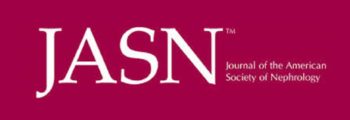
“CB1 and GPR55 are GPCRs expressed by islet β-cells. Pharmacological compounds have been used to investigate their function, but off-target effects of ligands have been reported.
This study examined the effects of Abn-CBD (GPR55 agonist) and LH-21 (CB1 antagonist) on human and mouse islet function, and islets from GPR55-/- mice were used to determine signalling via GPR55.
RESULTS:
Abn-CBD potentiated glucose-stimulated insulin secretion and elevated [Ca2+ ]i in human islets and islets from both GPR55+/+ and GPR55-/- mice. LH-21 also increased insulin secretion and [Ca2+ ]i in human islets and GPR55+/+ mouse islets, but concentrations of LH-21 up to 0.1 μM were ineffective in islets from GPR55-/- mice. Neither ligand affected basal insulin secretion or islet cAMP levels. Abn-CBD and LH-21 reduced cytokine-induced apoptosis in human islets and GPR55+/+ mouse islets, and these effects were suppressed following GPR55 deletion. They also increased β-cell proliferation: the effects of Abn-CBD were preserved in islets from GPR55-/- mice, while those of LH-21 were abolished. Abn-CBD and LH-21 increased AKT phosphorylation in mouse and human islets.
CONCLUSIONS:
This study demonstrated that Abn-CBD and LH-21 improve human and mouse islet β-cell function and viability. Use of islets from GPR55-/- mice suggests that designation of Abn-CBD and LH-21 as GPR55 agonist and CB1 antagonist, should be revised.”
https://www.ncbi.nlm.nih.gov/pubmed/29205751
http://onlinelibrary.wiley.com/doi/10.1111/dom.13180/abstract









